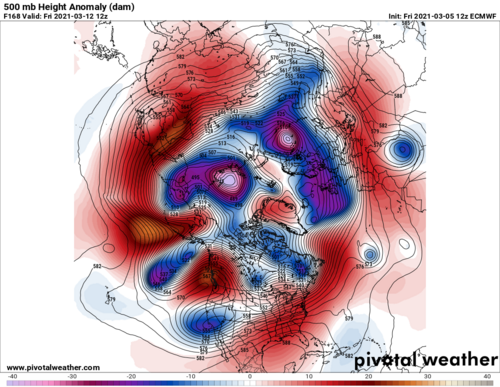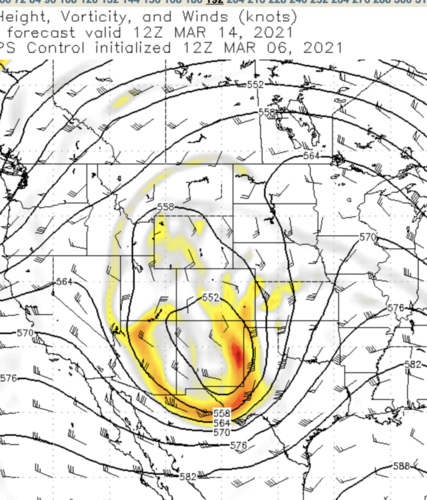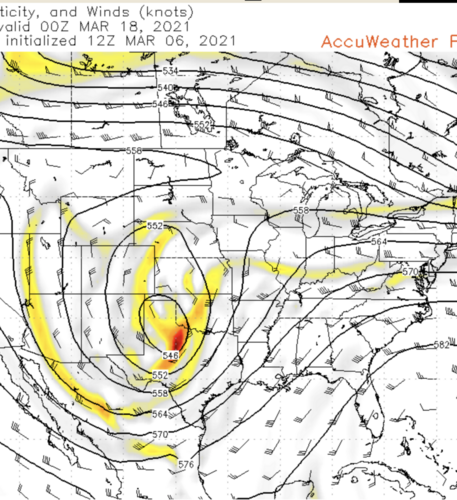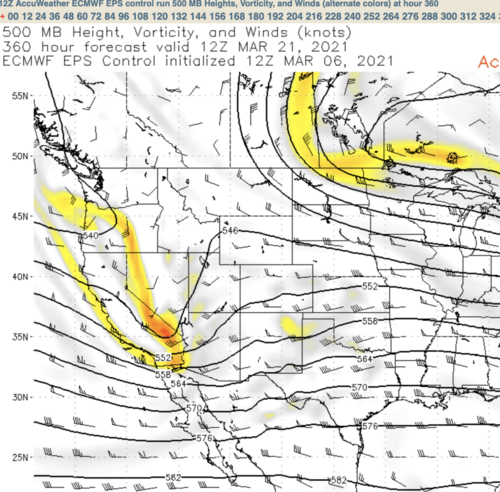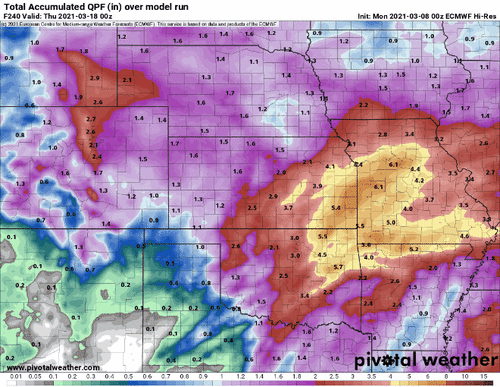I am no longer connected to AccuWeather. With that stipulated, I don't like anyone's >30day outlooks. No consistent skill has been demonstrated.
But, if you are going to criticize AW, what about the NWS making specific daily forecasts of severe weather? https://www.spc.noaa.gov/exper/CFS_Dashboard/n Shouldn't you also criticize them?
Somewhere along in this forum is me discussing how useless the CFS chiclet charts displayed on SPC are for predicting severe weather.
Also, that chiclet chart isn't predicting tornado counts...it's reporting the number of grid points at which SCP > 1 from the GEFS...that's it. It makes no promise that these numbers translate to above or below normal tornadoes (there is no "normal" even indicated on the charts). AccuWeather, on the other hand, tries to declare (1) tornado counts (2) above or below normal, two very specific quantities that are not featured on the CFS chiclet chart.

